This year the Maryland Poison Center is celebrating its 45th birthday! Since 1972 we’ve answered more than 2.2 million phone calls. While what we do every day at the MPC has not changed much, the way we do it has changed. Poison centers have benefitted from advances in technology, so here’s a look back our history and how we’ve changed.
How Poison Centers Began
The first poison center in the US opened in Chicago in 1953. One year later, in 1954, three poison centers started taking calls in in Maryland. At that time, pediatricians were treating more children who had been exposed to medicines and household cleaners. The doctors wanted a reliable source of information for treating poisoned children. They thought it would be faster to have poison experts to call rather than look up the information themselves.
In the 1960s, there were as many as 600 poison centers in the United States. At one point, Maryland had 9 centers! Having so many centers was inefficient and expensive, so by 1972 Maryland’s poison centers combined into one and moved to the University of Maryland School of Pharmacy in Baltimore. Today we answer about 40,000 calls per year from all over Maryland.
Our Poison Resources
When you call a poison center, you speak with a “Specialist in Poison Information” or SPI. This person is a pharmacist or a nurse. What makes a poison center a good resource is that our SPIs have access to information about the ingredients in products and medicines that is not to available to the public. Using their training as a nurse or pharmacist, our SPIs gather information about your situation and are able to use our resources to give you the most accurate medical advice.
Originally, we had filing cabinets full of index cards containing information on products and medicines. The index card system became bulky and slow to use as the number of items in the database grew to more than 300,000! Instead of files and files of index cards, the information was moved on to microfiche. The information on an index card was shrunk down on a photograph the size of a thumbnail and many small photographs were put on one piece of film. When specialists needed information, they would find the piece of film with the information on it. Then place the film in a machine that made the information large enough to read.
In the early 1980s we got our first computer! Gradually all of the information about products was computerized, and now computers are our primary source of information. The databases we use now link ingredient information with advice on how to treat exposures and as well as research and historical information.
Our Medical Records
When we first started, we wrote everything by hand. The SPIs would write out how they treated every call, and later an administrator would then type up the cases on a typewriter to be sent to a national database. The information about every call helped expand the details of the poison resources talked about above.
The next advancement was a scanable form similar to a scantron answer sheet for a multiple choice test. After writing out the important information about a call, the SPI would fill in bubbles with a marker to indicate information about the case. Each day, one person would put all the day’s forms into a scanner that sent information to the national database.
Now we have electronic medical records, and we type up your information as we talk to you. Every 15 minutes we send our data to a national database monitored by the American Association of Poison Control Centers (AAPCC) and the CDC. Combined with the data from the 54 other poison centers in the US, the AAPCC and CDC use this information to watch for public health threats like disease outbreaks or bioterrorism.
Our Staff
In the 1970s, the Maryland Poison Center only had one paid staff person to answer the phone weekdays from 9am-5pm. Medical and pharmacy students answered the phones all other times. As the number of calls to MPC increased, so did the size of our staff. Now we have 15 different staff members who make sure that all calls are answered 24/7.
One of the biggest changes occurred in 1985 when our paid staff included nurses for the first time. Now we have both nurses and pharmacists answering the phones. We still have students who come in to learn about our work, but we don’t rely on students to answer the phone.
MPC into the Future
There have been a lot of changes in 45 years. But one thing hasn’t changed: poison centers are still the go to source of information on poisonings and overdoses. Sure there is more information on the internet than ever before, but our team has more than 250 years of combined experience. You can read about what might happen to your child who ate a detergent pod, but you shouldn’t trust that the information is correct or applies to your situation. To get the right answer, right away, nothing can replace the calm, reassuring voice of one of our nurses or pharmacists.
We believe that the antidote for every exposure is the experience and expertise of a poison specialist. This blog, eAntidote, will provide a behind the scenes look at life at a poison center, practical tips to keep your family safe, and a hard look at current poison news and trends. It’s Maryland’s electronic link to essential information from the poison experts: the eAntidote.

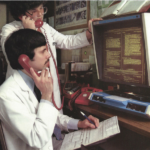
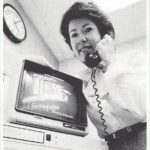
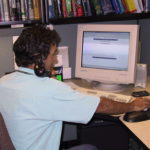
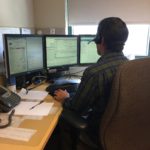
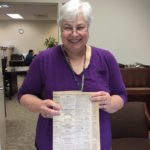
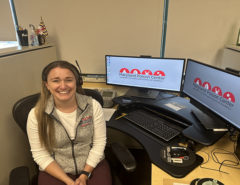
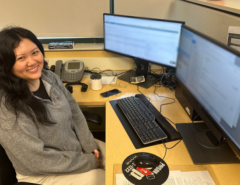

Leave a Reply